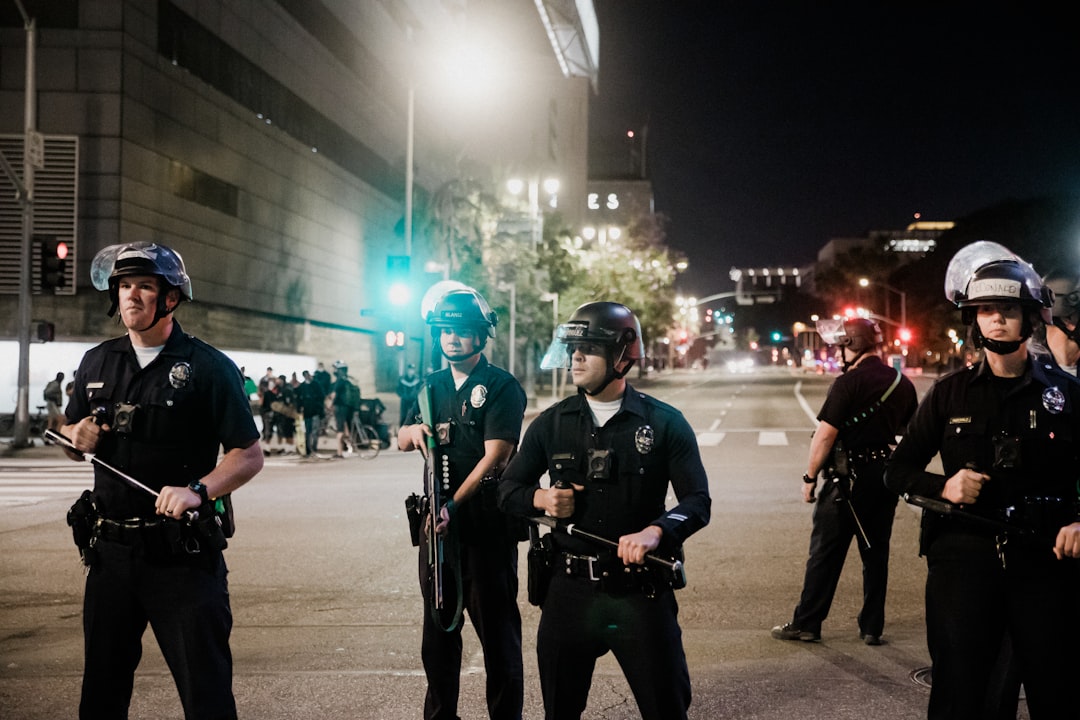What is it about?
This paper outlines the development of a novel implicit measure ("BIAT"; rhymes with IAT) that was designed to measure bisexuals' implicit attitudes towards bisexuality. The BIAT not only identified implicit preferences about bisexuality among a sample of bisexual participants but also revealed how these preferences differ depending on what bisexuality is compared to (e.g., bisexuality versus straight, bisexuality versus gay/lesbian).
Featured Image

Photo by Alexander Grey on Unsplash
Why is it important?
Previous research on attitudes toward bisexuality has revealed pervasive societal preferences that favor heterosexuality and monosexuality. The development of the BIAT has allowed us to examine how bisexuals hold these preferences implicitly. Our results indicated that when compared to heterosexuality (or straight) identities, bisexuals implicitly prefer heterosexuality. However, when compared to monosexual sexual and gender minority identities (I.e., gay/lesbian), bisexuals implicitly prefer bisexuality.
Perspectives
I (with the support of my PI) developed this measure and the corresponding article while in my doctorate program. Conducting this study offered me valuable insights that have heavily influenced the program of research that I maintain as an early-career researcher. I am thrilled that we have been able to contribute meaningful explorations about bisexuality and implicit measurement.
Adrian Valadez
California State University Northridge
Read the Original
This page is a summary of: Bisexuals’ implicit associations about bisexuality: Measurement design and development., Psychology of Sexual Orientation and Gender Diversity, February 2024, American Psychological Association (APA),
DOI: 10.1037/sgd0000689.
You can read the full text:
Contributors
The following have contributed to this page










